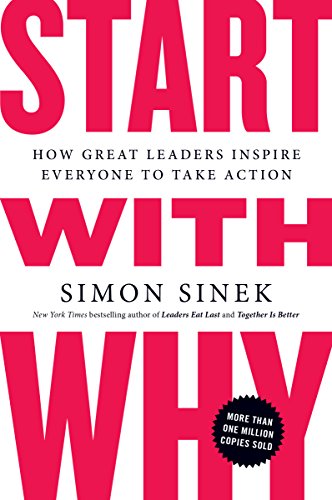

This article is an excerpt from the Shortform summary of "Start With Why" by Simon Sinek. Shortform has the world's best summaries of books you should be reading.
Like this article? Sign up for a free trial here .
What is Apple’s marketing strategy? Why is it so massively effective?
Simon Sinek, entrepreneur and author of Start with Why, believes it’s all about Golden Circle marketing. We’ll cover Apple’s marketing strategy and how they focus on their purpose to sell their products. Learn from Apple’s marketing strategy on how to start with why.
Apple Marketing Strategy Analysis
Apple’s products are a result of their WHY. Their MacBooks, iPods, and iPhones are just a physical representation of the company’s core beliefs. Therefore, when someone buys an Apple product, they’re not just buying the WHAT: they’re buying the WHY, too. This is the key to the Apple marketing strategy. People don’t actually want to buy stuff. They want to buy ideas. They want to join movements. Putting your WHY first ensures that your ideas, not your product, are what make you stand out from the crowd.
Let’s look at Apple’s marketing strategy. Think about how strange it would sound if Apple took the typical WHAT to HOW to WHY marketing approach. It might sound something like this: “We make good computers. Our computers are easy to use, elegant, and well designed. You should buy one.”
Now, compare that to the start with WHY approach that Apple actually uses to inspire customers: “We think differently. We want to challenge the status quo. The way we do this is by making products that are easy to use, elegant, and well designed. And we just happen to make computers as our products. You should buy one.”
It’s not that Apple’s products don’t matter – quality matters, of course. But the connection between a strong WHY and a high-quality WHAT becomes an unstoppable combination. Apple is unique in the strength of people’s emotional and inspirational connection to their mission – and this starts with WHY. This is the Apple marketing strategy that has made the company so successful.
The Golden Circle’s Biological Foundation
The reason Golden Circle works has roots in human biology. Humans want to belong, and the need is so powerful that we will often put incredible effort and money into achieving that feeling. Apple’s marketing strategy taps into our natural desires and needs.
Biological Basis of Apple’s Marketing Strategy
Organizations that start with WHY clearly define who they are and what they stand for, and as a result, their products or services come to represent those beliefs.
When those beliefs align with our own, it creates a sense of belonging and kinship. Buying their products makes us feel like we belong in the same group as other people who buy the same things and believe in the same ideals.
- For example, Apple’s “I’m a Mac, and I’m a PC” marketing put their beliefs front and center. They made it clear what type of person belongs in the Apple community (they’re young, laid back, and question the system.)
- In response, Microsoft launched their “I’m a PC” campaign, which showed people from all walks of life. This makes sense given that 95 percent of all computers are powered by Microsoft’s software.
It’s not about Mac or PC being better or worse. Instead, each company’s WHY appeals to different types of people.
Because we want to belong, we’re attracted to companies that communicate what they believe, and we bond with other people over the products and ideas that we value. This is the core of the Apple marketing strategy.
Apple Marketing Strategy and Gut Decisions
Because gut decisions are hard to articulate, when your customers explain their decisions, they point to factors that might be misleading for you to act on.
For example, people explaining why they bought a Mac may point to the screen resolution and the features, but really it was a gut, emotional decision based around Apple’s mission. The Apple marketing strategy depends on this emotional connection.
This is a red herring for companies – just because people explain their decisions in terms of features doesn’t mean giving more features will sway them. In fact, often asking people what they want is misleading. As Henry Ford said, “if I’d asked people what they wanted, they would have said a faster horse.” This is the pitfall that WHAT companies compete on, and they commoditize their products by focusing on easy-to-replicate features.
Loyal customers stick with companies, even when their products are more expensive than their competition (Apple) or take a long time to deliver (Harley-Davidson).
———End of Preview———

Like what you just read? Read the rest of the world's best summary of "Start With Why" at Shortform . Learn the book's critical concepts in 20 minutes or less .
Here's what you'll find in our full Start With Why summary :
- What Steve Jobs did right compared to every other business leader
- How to define your organization's WHY
- How to help your organization avoid losing its edge as it succeeds






